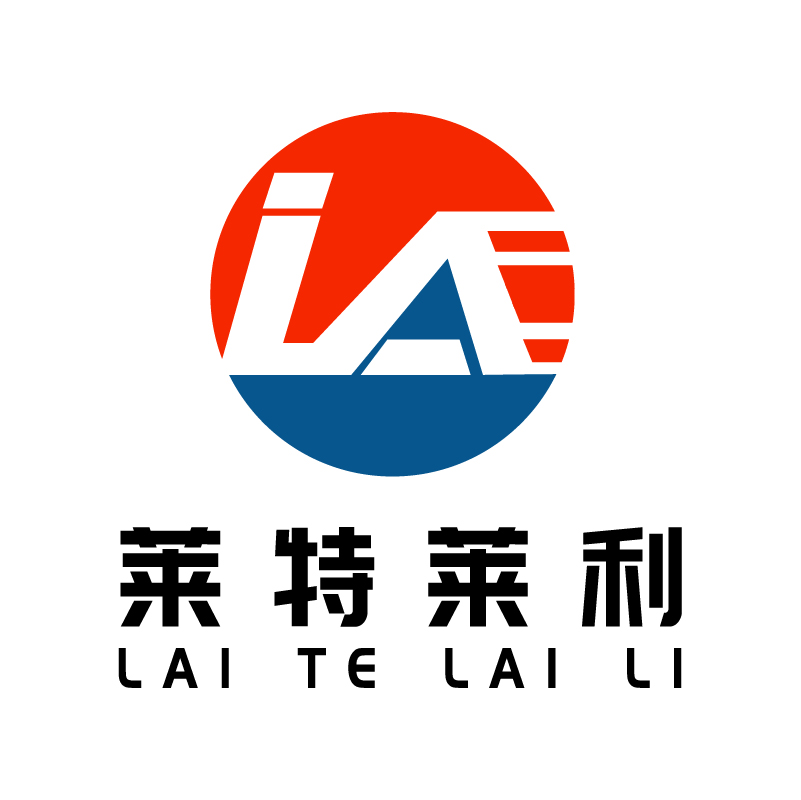Will the popularity of thermal paper replace all coated paper and ribbon printing
The popularity of thermal paper will not completely replace all coated paper and ribbon printing, for the following reasons:
Differences in application fields: Thermal paper and coated paper have significant differences in application fields. Thermal paper is mainly used in various fields such as commerce, supermarkets, banks, hospitals, airports, etc., especially in occasions where fast and low-cost printing is needed, such as receipts, labels, etc. The coated paper is more used for printing high-quality graphic materials, such as books, magazines, advertisements, etc. These areas have higher requirements for the quality and printing effect of paper, and thermal paper cannot meet these needs.
Printing technology is different: thermal paper printing is by heating the thermal coating on the paper to undergo a chemical reaction, so as to display text and images. Coated paper is usually printed using carbon tape or ink, with words and images transferred to the paper through technologies such as inkjet or lasers. This printing technology can produce higher resolution and richer colors, which is suitable for occasions with high requirements for print quality.
Cost and benefit considerations: Although thermal paper printing has the advantages of low cost and fast speed, in some applications, its printing effect may not be comparable to coated paper and ribbon printing. Therefore, when choosing which paper and printing technology to use, factors such as cost, benefit and printing effect need to be considered comprehensively.
In summary, although the popularity of thermal paper will have a certain impact on the coated paper and ribbon printing market, it will not completely replace them. Different paper and printing technologies have advantages and disadvantages and are suitable for different applications. Therefore, in the future development, various paper and printing technologies will coexist and jointly meet the diversified needs of the market.



